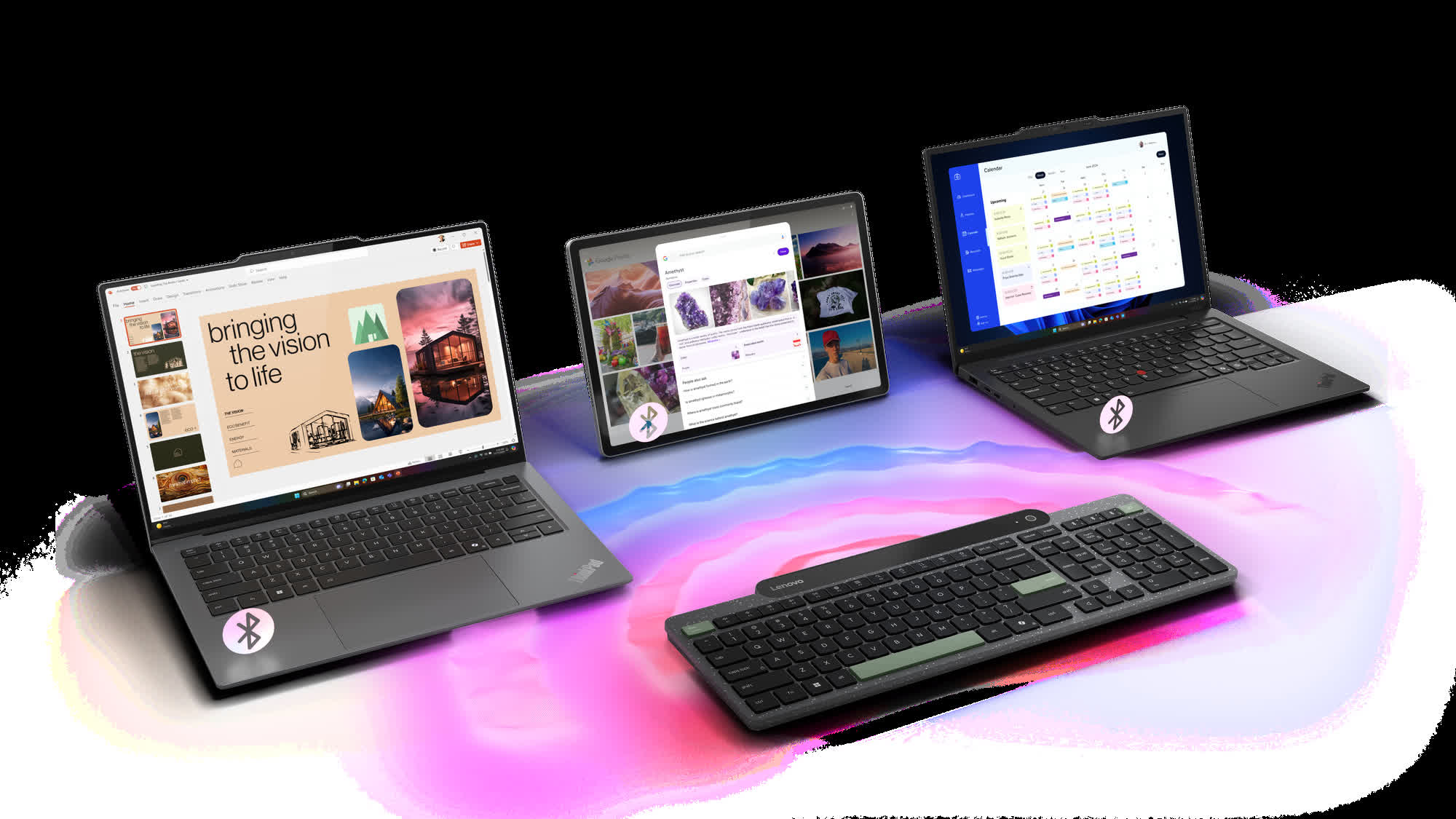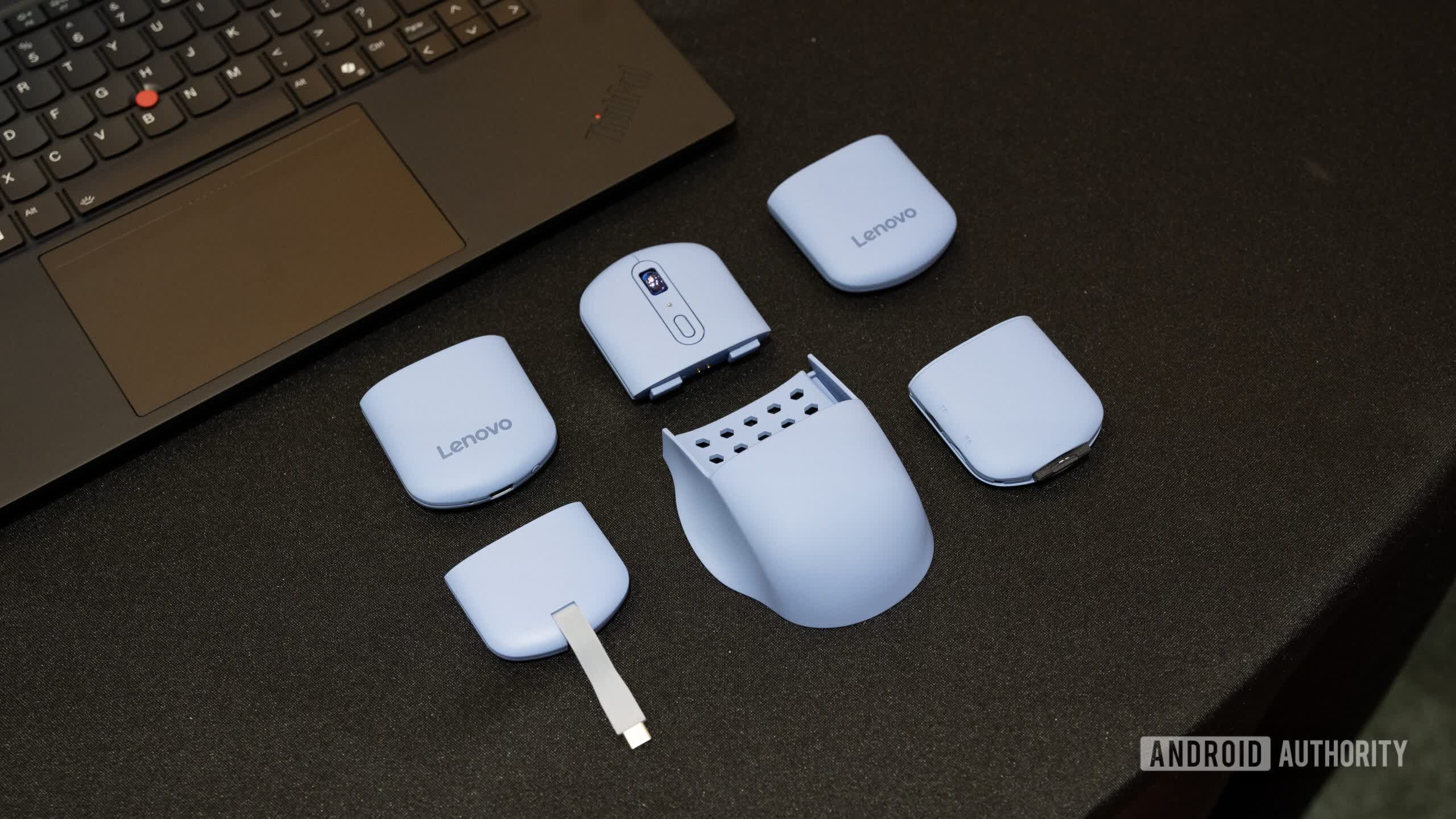Something to look forward to: Battery life is the main drawback of using wireless keyboards. However, Lenovo claims that a unique device in its CES 2025 exhibit will never require users to replace or recharge batteries. Meanwhile, another new input device from the company aims to fill multiple roles.

Lenovo has unveiled a wireless keyboard that charges itself using light and never relies on batteries. The device, designed for sustainability, is one of several oddities the company brought to CES this year.
Simply named the Self-Charging Bluetooth Keyboard, the accessory features photovoltaic cells and fast-charging supercapacitors that absorb and store ambient light. Lenovo manufactured the product from 95 percent recycled plastic to further minimize environmental impact.

Image credit: Harley Maranan/Android Authority
The keyboard includes a full-size layout, media buttons, adjustable tilt legs, and a three-zone layout with on-screen brightness indicators. Although Lenovo claims it doesn't require batteries, it still features a front-mounted USB-C port, possibly for emergency charging or an optional wired connection.
The Self-Charging Bluetooth Keyboard begins shipping in May, starting at $69.99.
The company also showcased a proof-of-concept mouse that can switch between two form factors and substitute for multiple accessories. The AdaptX Mouse's base unit, which resembles the front half of a compact mouse, transforms by attaching to one of five snap-on pieces.
A similar-looking rear module turns the accessory into a compact mouse, while a larger option can make it feel like an ergonomic mouse. The other components can turn the AdaptX into a travel hub, memory card holder, SIM card case, or power bank. It's too early to tell how well it fulfills those roles or whether it will become a commercial product, but the modularity could help frequent travelers save pocket space.
The ThinkBook Plus Gen 6, which features a rollable screen, is another strange item Lenovo brought to CES. Users can extend the 14-inch landscape OLED display into a 16.7-inch portrait mode using keyboard inputs or hand gestures, which are detected by the webcam.
The laptop includes an Intel Core Ultra 7 CPU, 32GB of RAM, Wi-Fi 7 support, and a 120Hz display. The ThinkBook Plus Gen 6 will be available in June, starting at $3,499.
Lenovo's presentation also showcased the Lenovo Legion Go S handheld gaming PC, which will enable users to install Valve's Steam Deck OS.
New Lenovo wireless keyboard charges itself, concept mouse transforms into four devices